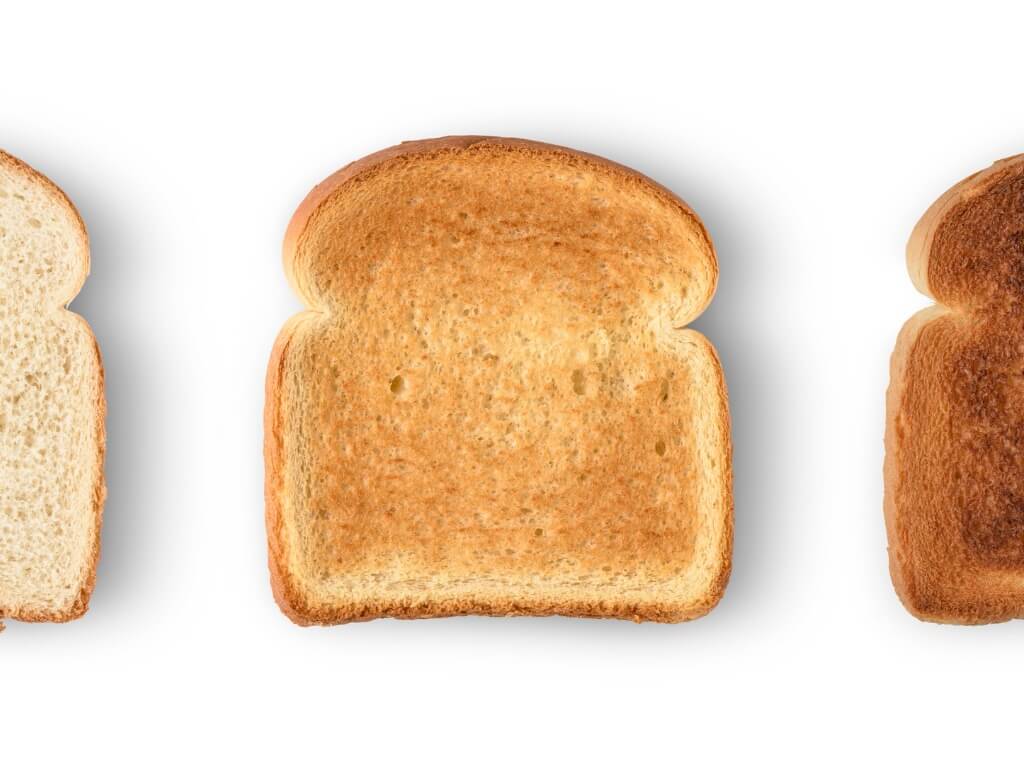
There’s no end to the list of low-carb weight-loss approaches out there. You’ve got Atkins, South Beach, the Zone, plus a slew of ketogenic (nearly carb-free) diets, just to name a few.
All of them are based on the premise that to lose weight, you need to cut carbs. And while there’s no one universally accepted definition for going low-carb, one Tulane University review (that concluded low-carb diets are beneficial both for weight loss and improving cardiovascular health) defines low-carb diets as those in which less than 45 percent of daily calories come from carbohydrates. Based on a 2,000-calorie diet, that would mean eating no more than 900 calories from carbs (that’s 225 grams) per day. (Each gram of carbs contains 4 calories.)
For comparison’s sake, the Zone recommends getting 40 percent of calories from carbs; South Beach excludes most carbs during Phase 1, allowing for up to 140 grams per day during Phase 2 and 3; the Induction phase of Atkins limits carbs to 20 grams per day and then allows 80 to 100 grams per day in its later phases. Ketogenic diets typically never go above 50 grams of carbs per day. (You’ll get that by eating just two apples or one bagel.)
So how low do you really need to go to lose weight? Or, more importantly, how many carbs can you keep in your diet and still lose weight? Because what’s a life without pasta?
Carbs, Decoded
Along with protein and fat, carbohydrates are one of the three macronutrients that you need to consume – and in large quantities – for optimum health. (Hence the name macro.) That’s because carbohydrates are vital to fueling many of the body’s biological processes.
RELATED: Everything You Need to Know About Macronutrients for Weight Loss
Carbs are the preferred source of energy for your brain, liver, and muscles. And while those tissues can use fat and protein (aka muscle) for energy instead, doing so involves longer, inefficient metabolic processes that can contribute to symptoms including headaches, brain fog, confusion and extreme fatigue, explains Donald K. Layman, professor emeritus of food science and human nutrition at the University of Illinois.
While fruits, vegetables, legumes and dairy all contain their fair share of carbohydrates – one major reason that anyone trying to be healthy, let alone lose weight, shouldn’t take extreme carb-cutting measures – carbohydrates have gotten a bad rap for the part they play in blood-sugar-spiking cakes, cookies, refined grains, soda and added sugar, notes Florida-based registered dietitian Jaime Mass.
“Most of the time, we are eating carbohydrates from the wrong sources. And when we do eat from the healthier sources, we overdo it,” Mass says. For instance, a standard serving of carbs is defined as 15 grams. Two cups of brown rice – which can be a completely healthy and nutrient-packed carb choice, weighs in at 90 grams – equal six servings. At the end of the day, the average American consumes nearly three times the recommended daily allowance of carbs, which we’ll hit on next.
So How Many Do You Really Need?
The current recommended daily allowance, or RDA, of carbohydrates is set to 130 grams per day. That total, contrary to common sense, represents the minimum rather than optimal daily intake, and covers the amount your brain and liver need for prime functioning, plus a little extra for your muscles and good measure.
Introduce exercise into your routine, though, and your needs begin to vary widely. That’s because when you exercise at high intensities, about 80 percent of your energy comes from carbohydrates – both those coursing through your bloodstream as glucose as well as those stored in your liver and muscles as glycogen. During intense exercise, your body burns through roughly 60 grams of carbohydrates per hour, Layman explains. And, according to research published in Sports Medicine, carbohydrate supplementation can significantly improve high-intensity interval workout performances. And better performances mean better caloric burns.
Meanwhile, if you don’t consume enough carbs to meet both your basic biological needs plus those needed to fuel your exercise, your body will earmark whatever carbs you do have for your brain. As a result, your workout will feel harder, your performance will actually decline and you’ll burn fewer calories every minute that you are in the gym.
For that reason, Layman recommends that people who are trying to lose weight – assuming they are exercising as a part of their weight-loss strategy – increase their carb intake above the RDA. “If you go to the gym regularly and stay pretty active, up to about 200 grams of carbohydrates per day can be beneficial for weight loss,” he says.
However, to make sure that those carbs are fueling your body and not getting stored as fat, he recommends capping each meal at about 40 grams of carbohydrates, and scaling that up to about 60 or 80 immediately before and after exercise when digging into pre- and post-workout snacks. While your post-workout carbs won’t fuel your actual exercise, research in the Journal of the International Society of Sports Nutrition notes that insulin, which the pancreas releases in response to carb intake, is necessary for the body to effectively build lean, metabolism-boosting muscle following exercise. Bread, anyone?